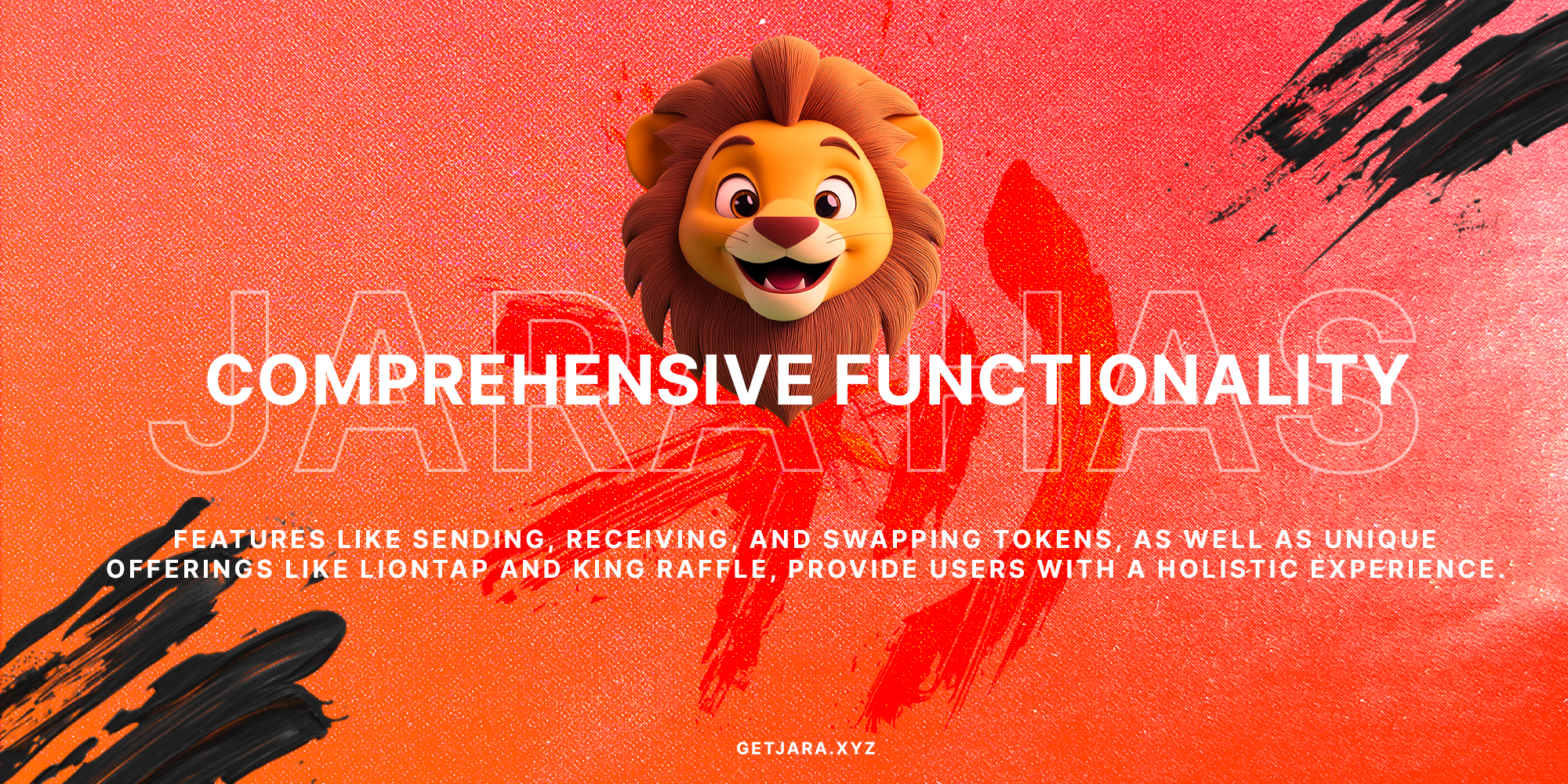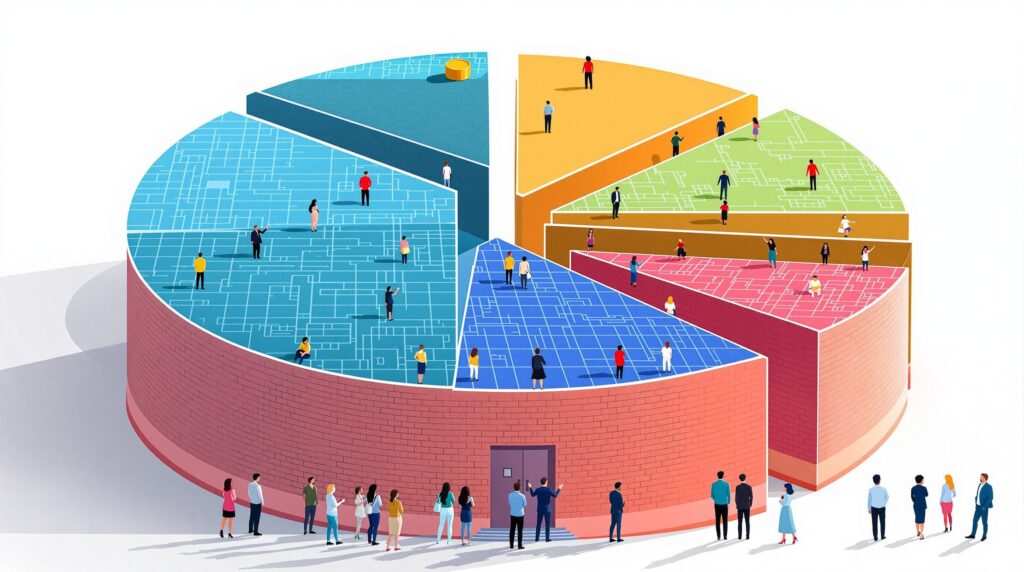Understanding Gas Fees and Smart Contracts
Imagine wanting to buy a cup of coffee but having to pay an extra fee just to have the barista pour it into a cup. Does that sound fair? This extra charge in the world of blockchain technology is akin to what is known as Gas Fees.
What are Gas Fees? Gas Fees are payments made by users to compensate for the computing energy required to process transactions on blockchain networks.
In the context of blockchain technology, gas fees play a pivotal role. Much like a small transaction cost added to your coffee, these fees incentivize validators, or ‘miners’, to process and verify transactions swiftly and securely. This mechanism is particularly crucial for smart contracts, which are self-executing contracts with the terms of the agreement directly encoded into lines of code.
What are Smart Contracts? Smart Contracts are self-executing contracts with the terms of the agreement between buyer and seller being directly written into lines of code.
The Role of Gas Fees in Smart Contracts
So, why are gas fees important in the world of blockchain technology? Essentially, gas fees act as an incentive for miners to include your transaction in the blockchain. In the context of smart contracts, these fees ensure the network has enough fuel to process, verify, and execute the coded agreements. Miners prioritize transactions with higher fees, pushing them to the front of the line. It’s kind of like adding a tip to your bill at a busy restaurant to get quicker service.
The Cost of Using Smart Contracts
The costs associated with using smart contracts can sometimes be a barrier, as these contracts often require significant computation, which can increase gas fees, driving up overall expenses. Here’s how gas fees interact with smart contracts:
- Execution Costs: Each operation executed by a smart contract requires a certain amount of computing power. This means the more complex the contract, the higher the gas fees.
- Network Congestion: High user activity can result in network congestion, causing gas fees to spike because more users are bidding for limited resources.
- Variable Gas Price: Gas fees can fluctuate, often peaking at specific times when network activity is highest.
- Ethereum Dominance: As one of the most popular blockchains, Ethereum’s gas fees are often higher compared to alternative blockchains like Binance Smart Chain and Solana.
- Network Demand: When many users are trying to execute transactions or smart contracts, this creates network congestion, causing miners to prioritize transactions with higher fees over those with lower ones.Local Blockchain Solutions.
- Transaction Complexity: More complex transactions require more computational power and, therefore, incur higher gas fees.
- Base Fee Model: Ethereum uses a base fee model, introduced with EIP-1559, where part of the fee is burned, creating a temporary price hike.
- Layer 2 Solutions: Utilize Layer 2 solutions, such as Jara’s proprietary L2 blockchain, to achieve significant cost savings. These secondary protocols operate on top of existing blockchains and offer reduced fees and faster transaction processing.
- Optimal Timing: Plan transactions during off-peak hours to benefit from lower gas prices, thus reducing the overall expense of operating smart contracts.
- Optimistic Rollups: As their name suggests, they optimistically assume transactions are valid by default. They process transactions off-chain and periodically send data back to the main Ethereum network, significantly reducing gas fees in the process.
- zk-Rollups: These are zero-knowledge proofs that bundle hundreds of transactions into a single one, then submit them back to Ethereum, combining speed with a high level of security.
- Plasma: This operates by creating a framework where smaller chains communicate with the main chain, particularly useful for scalability and transaction congestion resolution.
- State Channels: This solution involves creating a two-way communication channel between participants to transact off-chain while ensuring that the final state is reflected on the main blockchain.
- Network Demand: Gas fees are lowest when there are fewer transactions being processed on the network, typically during late nights or weekends.
- Peak Hours: Avoid transacting during times when North America is awake (generally 9:00 a.m. to 6:00 p.m. PT) because that’s when the Ethereum network faces more traffic.
- Gas Price Tracking: Use tools like ETH Gas Station or GasNow to track real-time gas prices and identify the best times for transactions.
- ETH Gas Station: This tool provides real-time data on gas prices and estimated transaction times on the Ethereum network. It is a favorite among Ethereum users seeking cost-efficient options.
- GasNow: Known for its straightforward interface, GasNow allows users to track gas prices on the Ethereum blockchain in real-time, helping to make-informed decisions about transaction timing.
- Etherscan Gas Tracker: As a comprehensive blockchain explorer, Etherscan offers a gas tracker feature that updates in real-time, giving users detailed insights into current network status and suggested gas prices.
- Choose Off-Peak Hours: As network activity fluctuates, so do gas fees. You can save significantly by performing transactions during off-peak times. Ethereum’s activity slows down late at night and early in the morning, notably around 9:00 p.m. to 11:00 p.m. PT, which often results in lower gas fees.
- Batch Transactions: If you frequently process multiple transactions, consider bundling them into one. Batching minimizes the computational load, thus optimizing gas usage and cost. For more details on how batching works, you can explore this guide.
- Blockchain Transactions: Gas fees compensate miners for their computational power when executing transactions.
- Smart Contract Execution: Smart contracts also require gas to run, making it crucial to understand their cost implications.
- Monitor Network Activity: Gas prices fluctuate with network congestion. Aim to transact during off-peak times.
- Optimize Smart Contracts: Efficient coding can decrease the gas required for execution.
- Layer 2 Solutions: Utilize alternatives like Rollups to execute transactions off-chain.
“With $JARA, you can access a thriving ecosystem in Africa’s digital asset economy, where the $6 billion Lagos airport tokenization project is just the start of unlocking previously inaccessible investment opportunities.”
Why Are Gas Fees So High?
High gas fees on blockchain networks, especially on platforms like Ethereum, can be frustrating for users. So, why do they spike, and what factors contribute to their high cost?
While the Ethereum network is known for its high gas fees, alternative blockchains exist that offer significantly lower transaction costs. However, it is essential to note that gas fees are a critical part of how blockchain networks function, ensuring their security and efficiency. That’s why platforms like Jara are key players in optimizing blockchain transactions with smaller, more reliable fees.
Strategies to Reduce Gas Fees
Now that we have explored the role and necessity of gas fees in smart contract operations, how can we work towards reducing these costs? Luckily, there are several effective strategies one can employ to optimize these expenses.
By understanding the basic mechanisms of gas fees and smart contracts and utilizing these strategies, you can significantly reduce costs while investing in the African digital asset economy. With tools like the Jara app, gaining access to these complex and innovative solutions becomes not only manageable but also highly rewarding.
“Your Gateway to Africa’s $200B Digital Future.” Discover how $JARA is empowering a new wave of borderless finance and economic growth in Africa by visiting www.getjara.xyz
Adopting Layer 2 Solutions
Benefits of Layer 2 Networks
Have you ever wondered how to manage the high gas fees involved in blockchain transactions? You’re not alone, and this is where Layer 2 solutions come into play. These solutions act like a magic wand, transforming your blockchain experience by effectively reducing the burden of high fees. But how exactly do they work?
Layer 2 networks operate by taking transactions off the main blockchain, commonly known as Layer 1, and processing them on an additional layer. This helps in improving efficiency by aggregating multiple transactions into a single block. When it’s time to finalize the block, it’s sent back to the main blockchain for settlement. This not only makes your transaction faster but also lighter on your wallet by significantly decreasing costs.
What is a Layer 2 solution? A Layer 2 solution is a secondary framework or protocol built on top of an existing blockchain that helps scale the blockchain by handling transactions off the main blockchain, reducing fees and improving efficiency.
The fascinating part of Layer 2 solutions is their ability to maintain the security and decentralization of the blockchain while resolving the issue of high gas fees. But what makes them a game-changer for the digital asset economy, especially in regions like Africa?
Africa is poised at the cusp of a digital revolution, with a market that could exceed $200 billion, thanks to platforms like Jara. Utilizing a proprietary Layer 2 blockchain, Jara is strategically positioned to fuel Africa’s digital asset economy. With a focus on asset digitization and real-world applications, Jara’s infrastructure offers low-cost transactions and fast transaction speeds crucial for economic empowerment and financial inclusion in developing markets.
So, which Layer 2 solutions should you know about? Here are some popular options:
The real charm of Layer 2 networks lies in their smart use of technology to ensure transactions are both secure and cost-effective. As these solutions grow and evolve, they promise not just to reduce costs, but also to fortify the blockchain’s ability to handle increased traffic, which is vital as more people and businesses adopt digital assets across Africa.
“Jara- Unlocking the Future to Africa’s Crypto Ecosystem.”
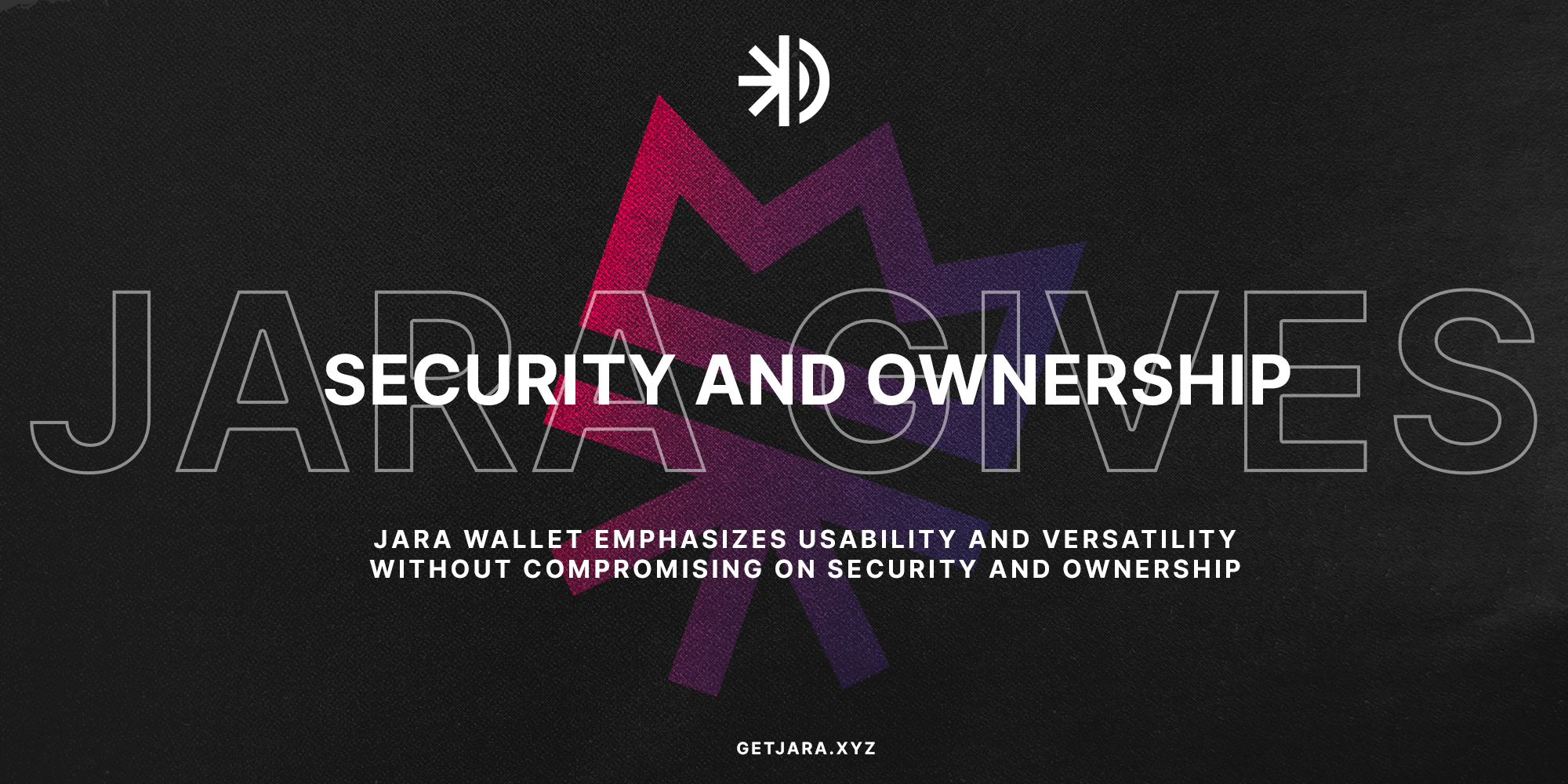
Optimizing Transaction Timing
Choosing the Right Time for Transactions
Have you ever wondered why gas fees fluctuate so much when you’re processing transactions on the blockchain? It’s a common question among crypto users, especially in locations like Africa, where digital transactions are becoming increasingly vital. Gas fees change with network demand: when the network is busy, fees go up. So, how can you pay less? Let’s dive into smart strategies to optimize when you make transactions.
Why do gas fees fluctuate? Gas fees on blockchains like Ethereum rise and fall based on network congestion. The higher the demand for processing transactions, the more you pay to have yours prioritized.
Think of it like traffic on a busy road—when everyone’s trying to travel at once, things get congested, causing delays and stress. But, if you pick a less popular time, you can cruise through smooth sailing. The same logic applies to smart contracts and blockchain transactions. By scheduling your transactions during off-peak hours, you can potentially cut costs significantly.
By smartly timing your transactions, you won’t just save on costs—you’ll also ensure that your operations run smoothly without unwanted delays. In Africa, where Jara is revolutionizing the digital asset economy with $JARA, having an optimized approach to managing gas fees can offer substantial savings and efficiency.
Did you know Jara offers a seamless wallet solution that helps you manage your assets easily? With Jara, you don’t just ride the wave of Africa’s $200B+ digital asset economy; you lead it, all while enjoying lower transaction costs and efficient service through our proprietary Layer 2 blockchain.
“Jara: Unlocking the Future to Africa’s Crypto Ecosystem. Join the revolution and be a part of Africa’s booming digital transformation.”
If you’re considering investing in $JARA, this could be the most opportune time as you benefit from our system’s reduced gas fees and speedy processing capabilities. With strategic partnerships and a strong regulatory position, Jara stands as a powerhouse in tokenizing real-world assets, starting with giant projects like the Lagos airport.
Choosing the right timing for transactions isn’t just about saving a few dollars—it’s about maximizing your investment in digital assets and smart contract interactions. So, next time you’re set to execute a transaction, remember that patience can equate to financial prudence.
Utilizing Gas Fee Estimation Tools
Wondering how to avoid overpaying for your Ethereum transactions? Gas fee estimation tools are your best friend in navigating current network conditions and accurately calculating recommended gas prices. These tools empower users to set appropriate gas fees, preventing overcharges while ensuring that your transactions are processed quickly and efficiently.
Gas fees are the transaction costs paid to compensate blockchain validators for processing transactions. Setting the gas price correctly is crucial to avoid overpayment and transaction delays.
Popular Gas Fee Estimation Tools
To assist in determining the optimal gas price for your transactions, engage with these leading estimation tools:
Optimizing Your Smart Contract Transactions
Using these estimation tools effectively can transform how you handle smart contract operations. Here are some strategies to optimize your financial resources:
Benefit with Jara’s Sophisticated Ecosystem
At Jara, we are committed to offering you state-of-the-art tools to manage and minimize your gas fees. Our platform integrates advanced estimation tools to help reduce costs and improve efficiency. Jara’s social-first, user-friendly wallet provides a seamless experience with real-time insights into smart contract transactions, allowing you to participate in Africa’s booming digital asset economy.
Jara enables financial inclusion by bridging global capital to African assets, offering low transaction fees and real-world tokenized asset opportunities like the $6 billion Lagos airport project.
By leveraging $JARA within our ecosystem, you can pay for transactions on the Jara L2 blockchain, take part in governance, and unlock premium features that offer more cost-effective solutions. We’re on a mission to revolutionize financial inclusion and economic empowerment in Africa, ensuring every transaction you make is as efficient as possible. Visit our website for more insights and opportunities to contribute to Africa’s digital revolution.
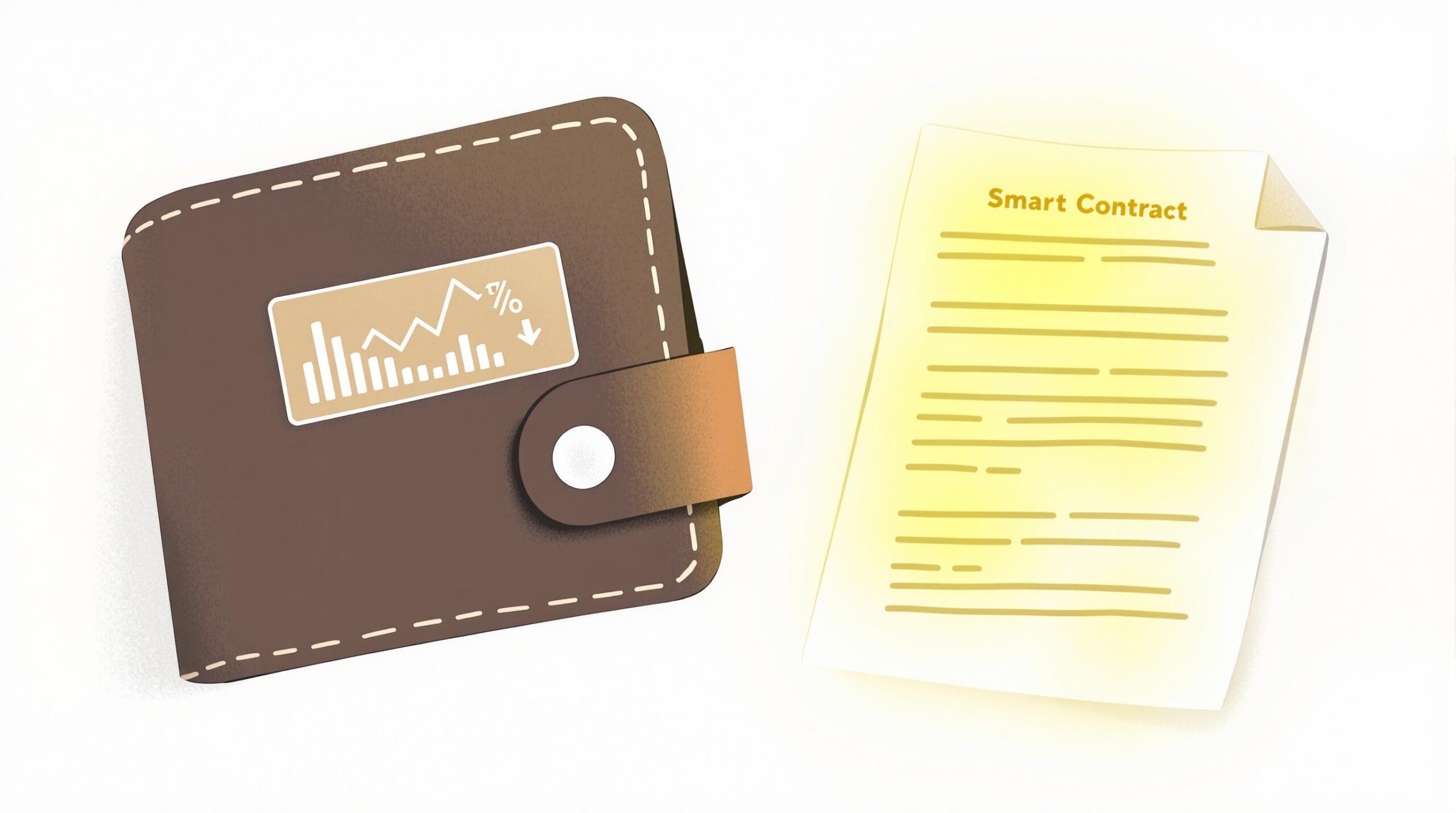
How can gas fees be reduced when using smart contracts?
What are gas fees and why are they important in smart contracts?
Why do gas fees fluctuate on blockchain networks?
What are Layer 2 solutions and how do they affect gas fees?

Related Practice Areas
Explore other practice areas that align with our focus on reducing gas fees and enhancing smart contract efficiencies.
Discover What Our Clients Are Saying
Our dedication to excellence in Smart Contracts & Automation is evident in every case we undertake. The positive feedback from our clients is a testament to the hard work and dedication we consistently deliver.
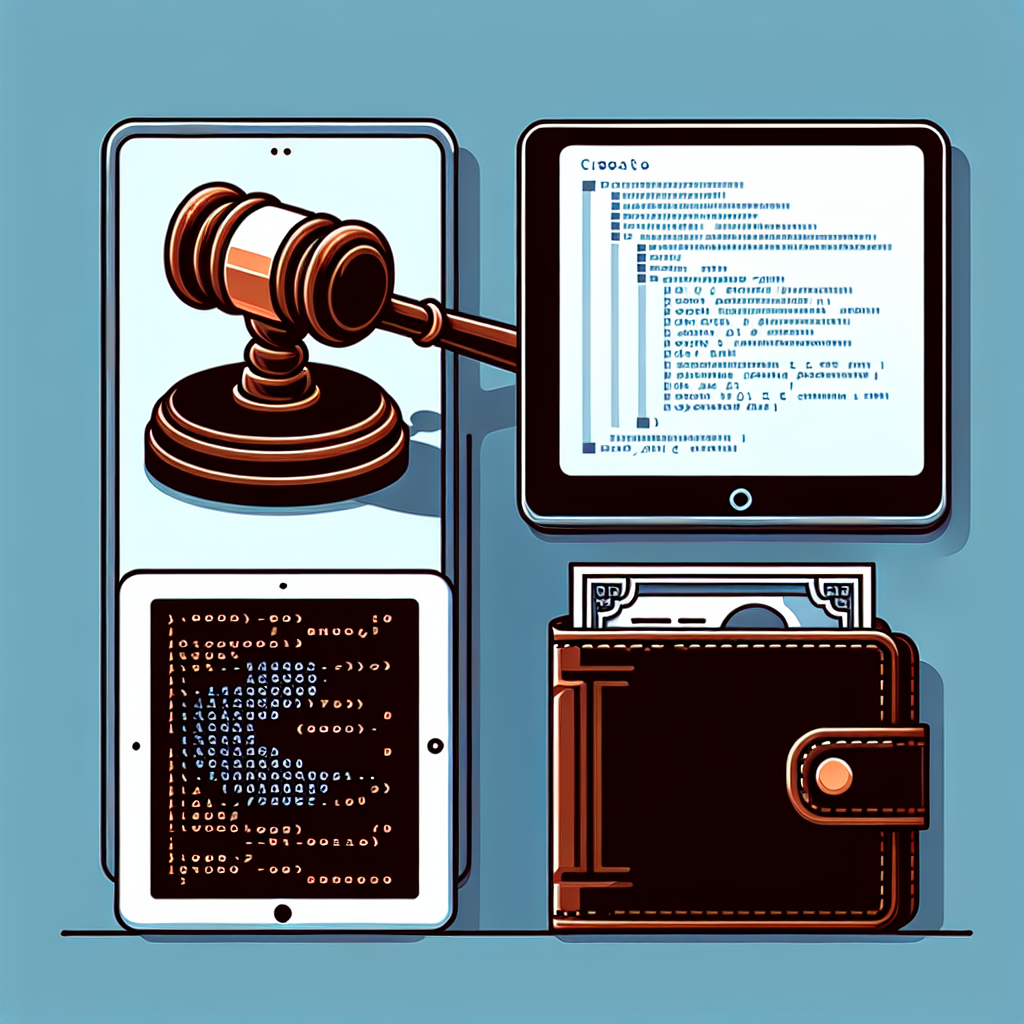
Connect with Jara to Optimize Your Smart Contract Costs
Gas fees can be a daunting challenge when dealing with smart contracts. But worry no more, because Jara is here to guide you through the complexities and help you optimize costs efficiently. Have you considered the profound impact of reduced transaction costs on your projects? Imagine the possibilities! Reach out to Jara today, and let us be the bridge that connects you to seamless and cost-effective smart contract solutions.
“Your Voice, Our Mission” – we champion your rights with the tenacity and dedication that has earned us the trust of our community members.
Download the Jara app to stay ahead:
For more information, visit our website at www.getjara.xyz or email us at [email protected].
Understanding Gas Fees
Gas fees are an essential aspect of blockchain technology, particularly in platforms like Ethereum. They play a crucial role in processing transactions and executing smart contracts.
Gas fees are a small amount of cryptocurrency required to perform a transaction or execute a smart contract on the Ethereum blockchain.
How Gas Fees Work
Strategies to Reduce Gas Costs
Reducing gas fees is a common concern for blockchain users. Here are some strategies to mitigate costs:
Consider using Layer 2 solutions to significantly reduce your transaction costs without compromising speed.
Smart Contracts and Cost Efficiency
Implementing cost-efficient smart contracts involves understanding the factors that influence gas usage:
| Factor | Description |
|---|---|
| Contract Complexity | More complex contracts require more gas for execution due to increased computational needs. |
| Code Optimization | Streamlined and efficient code minimizes unnecessary computations, saving gas. |
“Minimalist coding strategies can lead to substantial savings in gas fees.” – Blockchain Expert
Conclusion
By understanding and optimizing gas fees and smart contract design, users can efficiently manage their cryptocurrency transactions and reduce costs.
